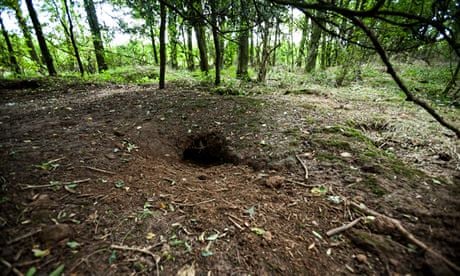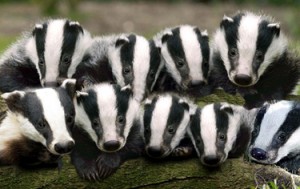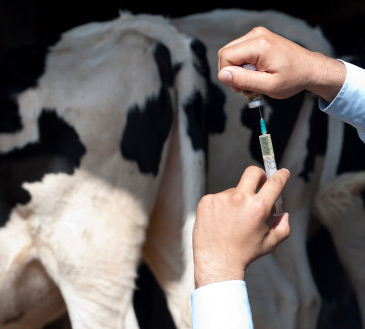
While free shooting of badgers is currently being used in trial culls in Great Britain, there exists other methods of culling that may be more or less humane:
- Gassing setts
- Live cage-trapping

While free shooting of badgers is currently being used in trial culls in Great Britain, there exists other methods of culling that may be more or less humane:

How does it work?
Pros?
Cons?

Previously in the 1980s, hydrogen cyanide had been used in trial culls to gas badger setts, which are the animals’ underground dens. However, use of hydrogen cyanide gas was eventually deemed as inhumane and to cause immense suffering in badgers, so was discontinued. Thus a current, proposed alternative to culling by free shooting is to use carbon monoxide to gas badger setts. This method would have a higher effective cull rate compared to free shooting as all the badgers present in the expansive sett would be euthanized through lethal gassing.
Pros?
Cons?

Research is currently underway by Defra (Department for Environment, Food & Rural Affairs) to develop a female oral contraceptive for badgers. Ideally, the contraceptive would be available to female badgers through oral baits and would aid in reducing population growth by preventing these females from reproducing. Mathematical models have predicted that fertility control alone would not be effective in eradicating bTB, but would need to be used in combination with other strategies such as vaccination or culling (Swinton et al., 1997).
This potential alternative is not yet available.
While management strategies alone are not likely enough to eradicate bTB, cattle management practices can be used to greatly reduce the probability of badger-to-cattle transmission.
Possible Management Practices:

Currently there is no bTB vaccine available legally for cattle.
While the Bacillus Calmette-Guérin (BCG) vaccine could potentially be used to vaccinate cattle, the current test available to detect bTB known as the Single Intradermal Comparative Cervical Tuberculin (SICCT) skin test cannot differentiate between vaccinated and infected animals. Thus, BCG vaccines for cattle are not yet approved by the European Union for use. For now, new diagnostic tests for bTB are being developed, known as the Differentiate Vaccinated from Infected Animals (DIVA) tests. Vaccinations are expected to be available for use once these diagnostic tests are fully approved in cattle, which is estimated to be within the next 10 years.
For more information, see: http://www.tbfreeengland.co.uk/vaccination/

What is it?
This video shows how badgers are vaccinated.
Pros?

Cons?
Costs?

Vaccinations are the major alternative to badger culling to control bTB. While the use of vaccines is not effective if the animal is already infected, vaccinations are able to provide protective immunity against bTB. This is especially important in limiting the spread of bTB in susceptible populations. The following posts will describe current vaccines available to use for badgers and cattle, effectiveness, and the associated costs.

Free shooting badger culls, currently used in Britain, is not considered by many scientists and animal rights activists to be the most humane or effective method of controlling bovine tuberculosis. There exists a number of different ways that this disease can potentially be controlled, and may be used in combination with badger culling for increased efficiency:
In addition, alternatives to a free shooting method for culls may involve: